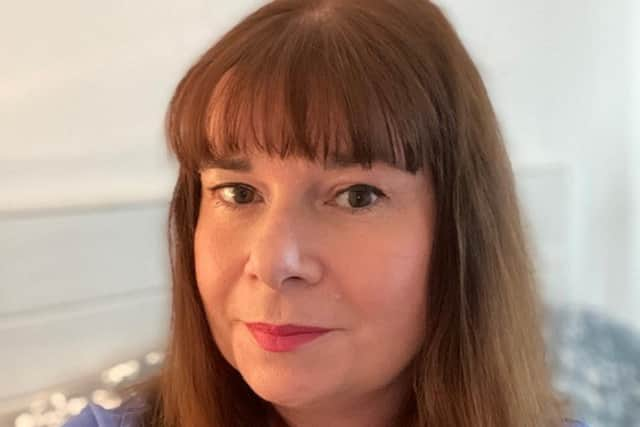Column: We're working hard to expand the availability of ‘virtual wards’
and live on Freeview channel 276
Virtual wards (also known as ‘hospital at home’) allow patients to get hospital-level care safely in the familiar surroundings of their own home or residential care home.
This helps to speed up their recovery and creates capacity for patients who can only be safely cared for in hospital.
Advertisement
Hide AdAdvertisement
Hide AdVirtual wards have been around since 2006 but became more common during the Covid pandemic as a way of allowing patients to be monitored at home, before or after admission, as hospitals prepared for surges of seriously unwell patients.


Since then, the number of virtual ward beds and patients using them has continued to grow.
In fact between April and December last year, nearly 6,800 patients were admitted to a virtual ward in Nottingham and Nottinghamshire.
A virtual ward can include people who may otherwise be admitted to hospital (“step-up”), or who are in hospital and needing to be discharged (“step-down”).
Advertisement
Hide AdAdvertisement
Hide AdIn a virtual ward, support can include remote monitoring using apps, technology platforms, wearable and medical devices such as pulse oximeters, which allow clinical staff to easily check in and monitor the person’s recovery.


Support may also involve face-to-face care from multi-disciplinary teams based in the community who can provide a range of tests and treatments in the home.
This could include blood tests, prescribing medication or administering fluids through an intravenous drip.
Patients are reviewed daily by the clinical team and the ‘ward round’ may involve a home visit or take place through video technology.
Advertisement
Hide AdAdvertisement
Hide AdFeedback from patients using virtual wards has been very positive. They often tell us they are more comfortable at home, where they can see family, have their own food and their own comforts.
We want to give more patients that option.
Here in Notts, the number of Virtual Ward beds and the types of conditions they cover continues to increase and we are working hard to expand the availability further in the coming year.